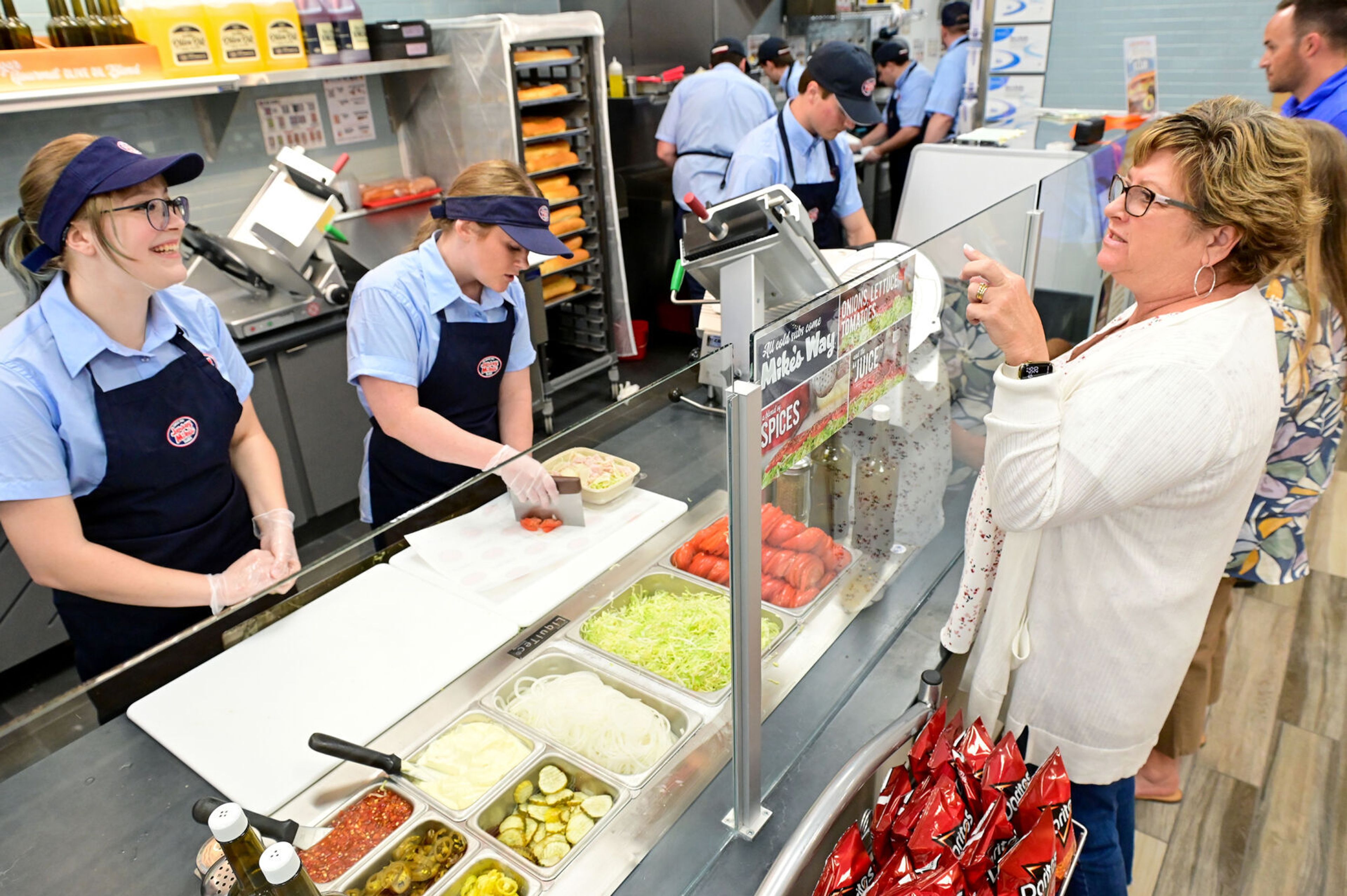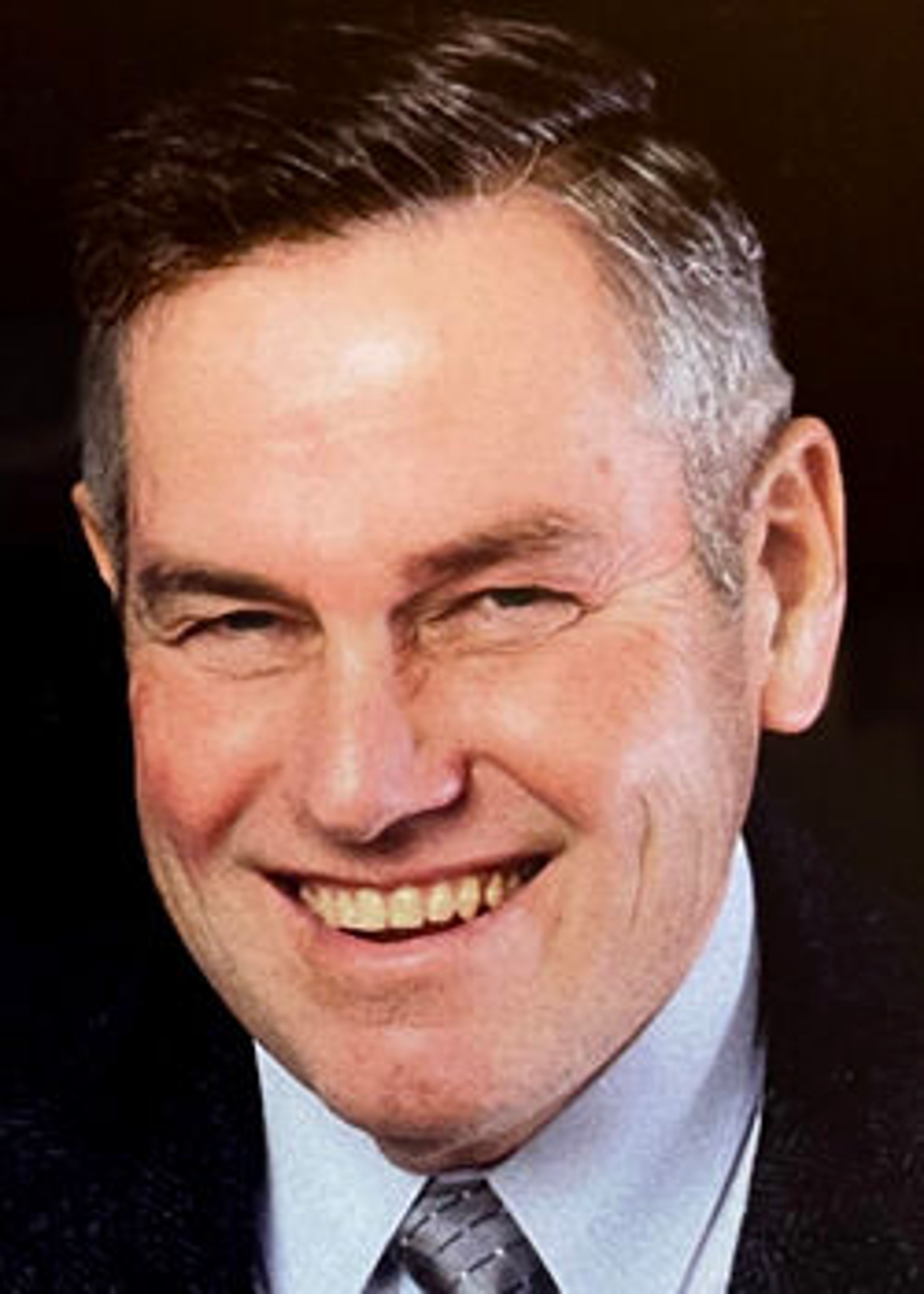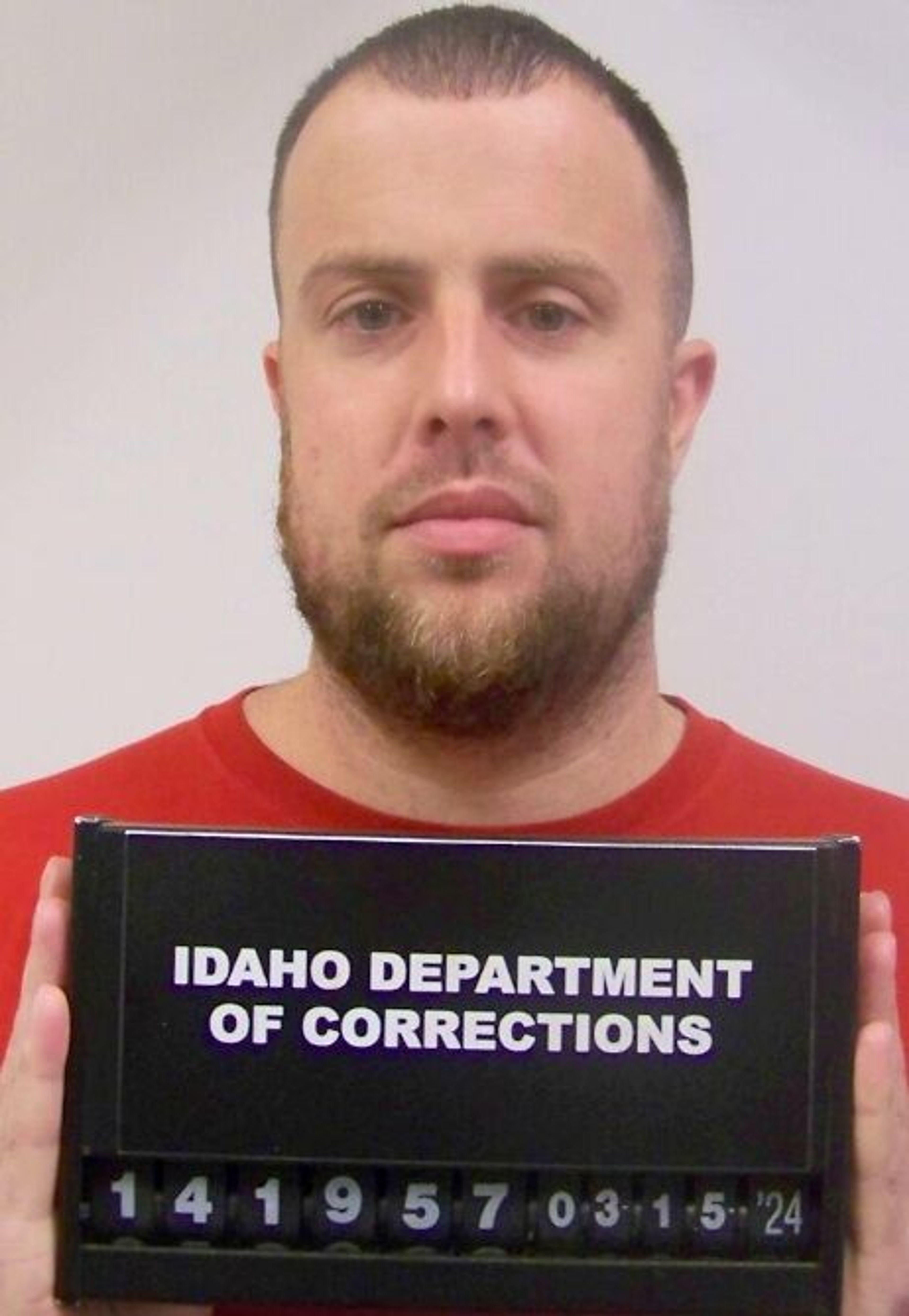Summit highlight: Water usage continues to decline
Annual Palouse Basin Water Summit provides insight into latest data on the Palouse
Pullman and Moscow continue to make progress in conserving aquifer water according to data presented at the annual Palouse Basin Water Summit on Thursday in Pullman.
Korey Woodley, the executive manager for the Palouse Basin Aquifer Committee, told the crowd at Schweitzer Engineer Laboratories Event Center that 2.37 billion gallons of groundwater were pumped in 2018 to meet water demand for the Palouse, 3.1 percent less than the amount pumped in 2017, and 13.6 percent less than in 1992 when the PBAC’s Groundwater Management Plan took effect. The Groundwater Management Plan was enacted to set goals to conserve the area’s aquifers.
Overall, water usage continues to decline, but the Grande Ronde Aquifer is also declining at about 0.7 feet per year. The most water is pumped between June and September.
The summit, founded by Paul Kimmell and Jon Kimberling, was first held in 2003 as a way to provide community members with information about the local water supply and to better understand water resources. It features speakers from the Palouse Basin Aquifer Committee, city government, university researchers and experts in sustainable water practices.
Both Pullman and Moscow continue to use incentives and technology to encourage conservation and to let people know how much water they are using.
Pullman for example, is exploring technology from a company called WaterSmart that will send customers personalized home water reports. The WaterSmart software will also track the customer’s water savings and notify them if there is a leak.
Alex Maas, a professor at the University of Idaho College of Agriculture and Life Sciences, said a recent survey of local residents shows most people are not aware of how much water they use, but they know water conservation is an important issue.
While WaterSmart users receive an annual water report from their city, Julie Padowski, a Washington State University researcher, said this is not the case for most people in the U.S. Data shows that almost two-thirds of Americans did not receive a water report from their city, or do not know if they received one.
She said people often do not think about where their water comes from, or how much it is used to provide the essentials to our daily lives.
She said water use has tripled in the U.S. since the 1950s, and a significant amount is used to produce food and goods. One apple requires 33 gallons of water, for example, and the process of making one beer requires 20 gallons. One pair of jeans, from watering the cotton to producing the finished product, needs 2,900 gallons of water.
“I urge you to think a little bit harder about the ways you use water,” Padowski said.
Anthony Kuipers can be reached at (208) 883-4640, or by email to akuipers@dnews.com.







